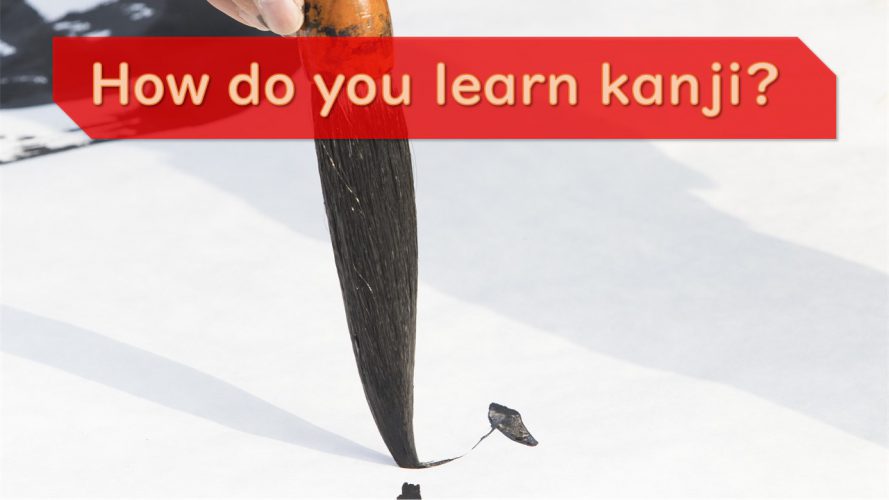JAPANESE LESSON
How do you learn kanji?

When you study Japanese, what is the most difficult part? Many of you will answer “kanji.”
It’s actually difficult even for Japanese to learn kanji, because there are so many kanji and it’s more than 50,000 kanji.
It’s almost impossible to read and write all the kanji, and it’s said that Japanese people use only 2000 kanji in their daily life.
The most different point compared with alphabet is that each kanji has their own meaning like a word.
I’ll let you know some keys to learn kanji.
Meaning of kanji
Since each kanji has their own meaning and it’s different, it’s almost a word.
For example, “前(mae/zen)” means “front” and “before.”
“駅前(ekimae)” is “front of the station”, and “前日(zenjitsu)” means “the day before.”
Since “前方(zenpou)” means “ahead,” we can say that the sounds are not related to the meaning.
However, if you learn the meaning of kanji, it’ll be easier to understand the meaning of words.
Let’s try this word “前後(zengo)”. “後(ushiro/go)” means “back.”
The answer is “back and forth.” ※ drag the area between “” to see the answer.
Like this, I recommend you to learn the original meaning of kanji and try to catch the “core” of it.
The radical of kanji
The next key is “radical.”
Each kanji has their own radical and you can guess the meaning through the radical.
For example, “木(ki/moku)” means wood and there are so many kanji with “木” like “机(tsukue/ki, desk)” and “松(matsu/shou, pine)” and they’re related to wood.
There are many types of radical and we call them “部首(bushu)” in general.
For example, 木 is called “きへん(kihen)” and “へん(hen)” is a type of radical which locates on the left side of the kanji.
海(umi/kai) means ocean and the radical of this kanji is “さんずい(sanzui)”, which means water.
There are many cases that easy kanji became radicals such as “女”, “方”, “口”.
Like this, if you are aware of radicals, it’ll be more easy and interesting to memorize kanji.
I’ve introduced you 2 keys to learn kanji. Even though there are many difference from alphabet in English, it’ll be fun to learn them if you focus on the meanings and shapes.
This is the end of this blog. I hope you enjoy learning Japanese language.
In the next blog on Wednesday, let’s practice reading a Japanese story.

Leave a Comment